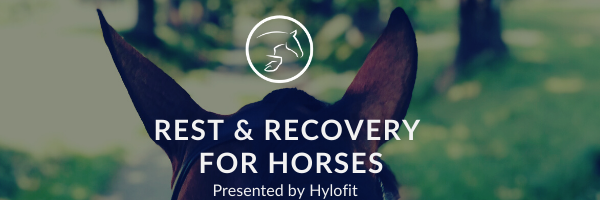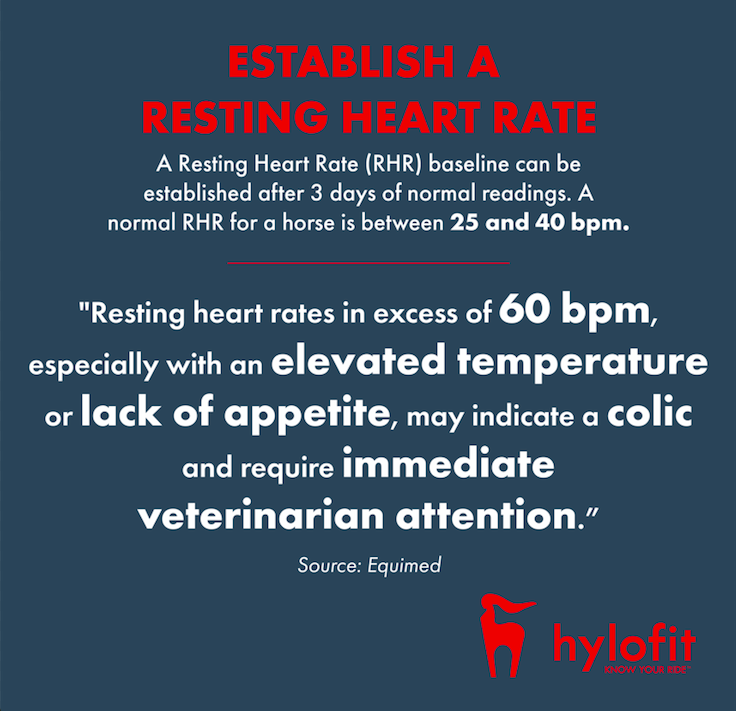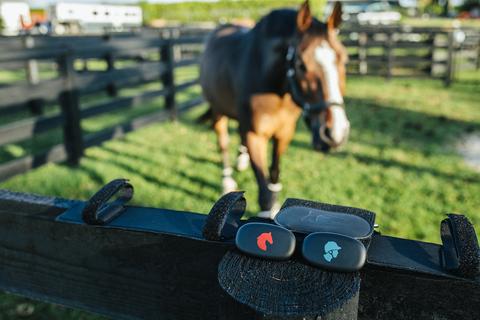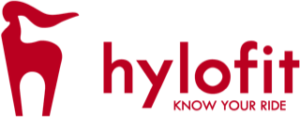Keeping Horses Happy & Healthy with Rest & Recovery
Brought to you in partnership with Hylofit
The following links contain sponsored content and/ or affiliate links that may generate commission for STRIDER™, at no additional cost to you. We share such content when we judge the content is authentic to our core values and worthwhile for our community
One of the best ways to ensure longevity and ongoing health for any athlete is to make time for proper periods of rest and recovery. Despite the myth that taking a period of time off will result in too much loss of fitness and muscle tone, the opposite is in fact true. Working periods of rest into your horse’s schedule will not only ensure his body is comfortable, but also his mind.
Professional groom and president of the United States Eventing Association Max Corcoran is one of the most active and respected horsemanship advocates in the equestrian world, and she shed some light on the idea of rest and recovery. As we head into what is typically an off-season for many competition horses, it’s a great time to think about working in some well-deserved downtime for your horse, no matter what level you compete at or even if you don’t compete at all.
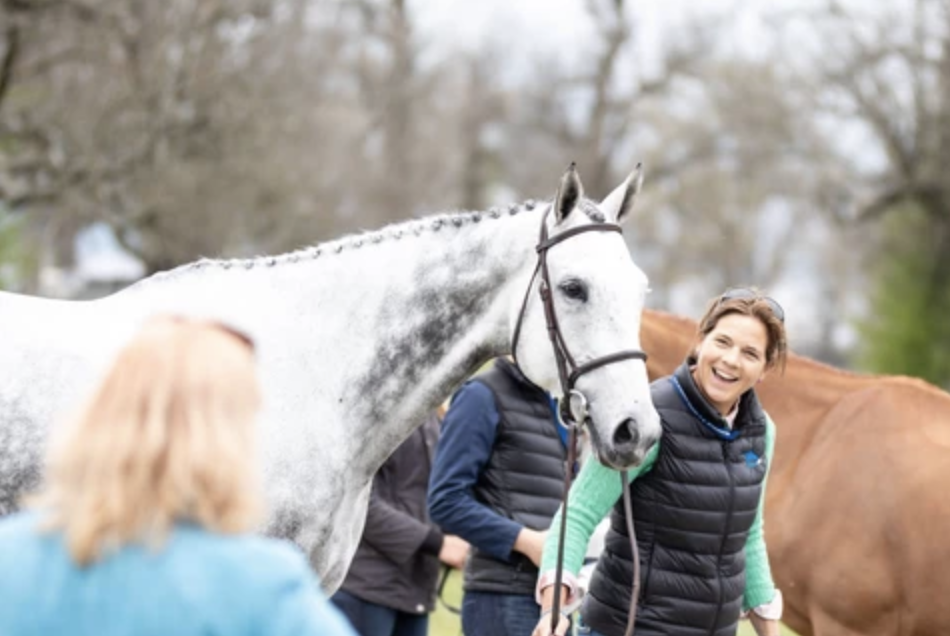
“Some people do panic about losing fitness and conditioning, and I think there are some people who are also afraid to get back on their horse if the horse has had time off,” Max said. “And that’s perfectly valid. The majority of riders are amateurs — they aren’t riding multiple horses a day, and getting on a horse fresh off of vacation can be intimidating. But there are ways to work around that and still give your horse a proper break.”
Max uses the analogy of running a 5k. The distance may be relatively short, but it’s unreasonable to expect a runner to do a 5k every two weeks all year with no breaks — this opens the runner up to the possibility of burnout or injury. The same concept applies to our horses, even if they aren’t five-star eventers or grand prix dressage horses.
To supplement your horse’s break time, you can use your Hylofit to periodically check in on his resting heart rate. Resting heart rate is an excellent indicator of a horse’s health. Keeping an eye on your horse’s averages can help alert you to any underlying issues. For reference, a horse’s average resting heart rate should be between 25-40 bpm. Checking your horse’s resting heart rate periodically will allow Hylofit to establish a baseline specific to your horse.
“Time off is a good break for you as well as the horse,” Max said. “I think we all tend to forget that sometimes horses just need and want to be left alone. Some of the five-star horses I’ve groomed understand that they’re on vacation after a big competition, and they don’t want me anywhere near them with a brush during that time!”
The idea of taking a break doesn’t always have to mean chucking your horse in a paddock for a month — not every horse will thrive on this. As with anything, each horse is unique. Some horses do well on “active rest”, going on hacks or trail rides every few days so that their brains stay engaged. For older horses in their teens, Max says, losing topline may be a bigger concern. For this, Max recommends active hacking or working on simpler things such as core strength.
How Hylofit Helps: By incorporating Hylofit into your active hacking or downtime routine, you can monitor your horse’s heart rate averages and recovery rate to track fitness as you build back up. Shop Hylofit here.
And even if you choose to continue riding through the slower or colder season, think of this time as a way to work on small issues. For example, winter is a great time to incorporate groundwork into your routine. Not only is this low-intensity work great for the horse’s body and mind, it also helps strengthen your bond with him.
How do you plan your downtime? Between shows, lessons, and life outside of the barn it can be difficult to visualize this schedule. Max says one way to stay on top of rest periods is to map out your plans on a calendar. “Seeing everything laid out in advance — your show schedule, any trips you have planned, etcetera — can help riders find periods of time that would work well for their horse to have a nice break,” she explained. “It can help riders feel more organized and not like they’re just ‘abandoning’ their horse for vacation without a plan in place.”
How Hylofit Helps: Hylofit features a calendar within the app that allows riders to see their ride history laid out in one place. This helps riders keep track of what type of rides they’re taking and how hard their horse is working as they plan ahead. Shop here.
Bringing a horse back into work after a break also requires some thought and planning, and Hylofit is instrumental for this as well. Monitoring heart rate during rides can identify any patterns in heart rate that could indicate a loss of fitness, such as a longer heart rate recovery time than what you last recorded at the end of the season.
About Hylofit: The Hylofit System is a heart rate monitor for horse and rider that provides real-time feedback and post-ride insights for both athletes. With wireless hardware and an intuitive app and web platform, Hylofit provides insights into the emotional and physical state of your horse. For more information, head to www.hylofit.com
Subscribe to STRIDER’s Newsletter!
You’ll get rider tips, partner offers, & news of upcoming opportunities
sent straight to your inbox.
[activecampaign form=42]

